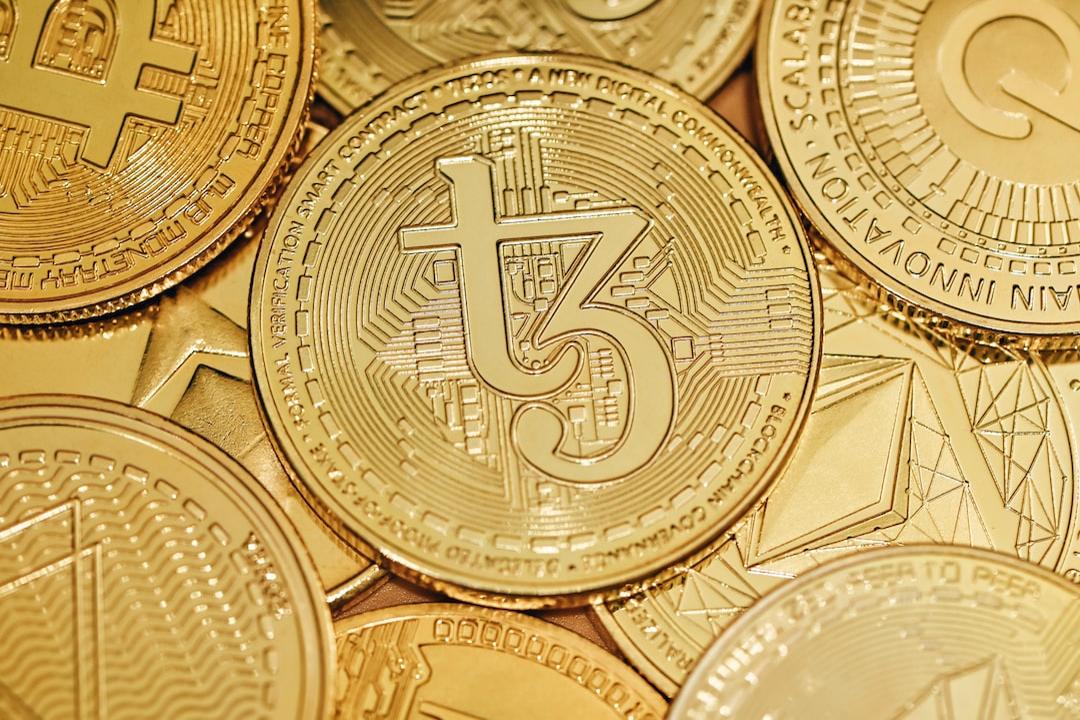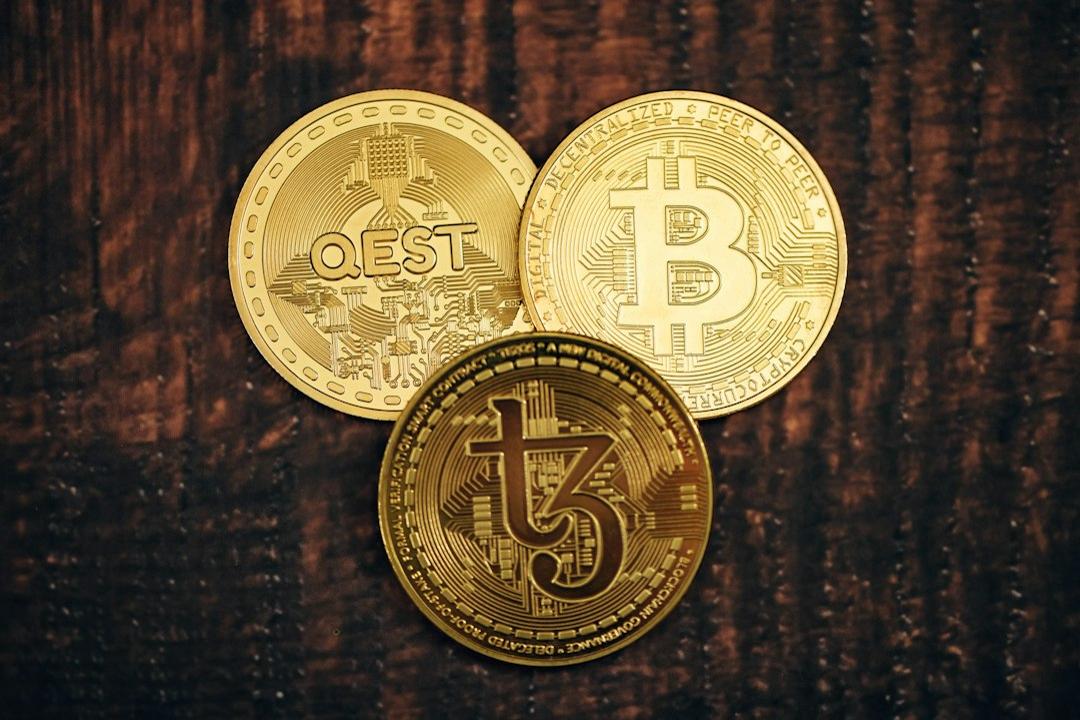Inventory of the Three Main Lines of Cryptocurrency in 2025
This year’s cryptocurrency narrative revolves around three core themes:
- Markets are rapidly becoming efficient
- Stablecoins are quickly globalizing
- Trump is playing 4D chess (or checkers)
Let us analyze these themes one by one.
1. Markets are Rapidly Becoming Efficient
Bitcoin and “Web3” are different entities. Historically, Bitcoin and other crypto markets are interconnected through the flow of capital. After Bitcoin rises, profits flow to Ethereum, and then to other parts of the market. Today, Bitcoin has real institutional capital flowing in. These institutions primarily purchase Bitcoin due to its unique attributes (sovereignty, permissionless, limited supply) compared to more controlled currencies globally. The driving force behind this Bitcoin bull market does not focus on other parts of the market.
Many would assume that this capital would also flow into Ethereum, as it shares similar attributes with Bitcoin. However, this has not been the case thus far. While Ethereum is decentralized, its primary differentiating feature is smart contracts. This means Ethereum’s intrinsic value is reflected in its usage, not just its technical attributes. Institutions do buy Ethereum, but not because it is decentralized like Bitcoin. They purchase Ethereum (and Solana, among others) because it is being used, similar to how they buy growth stocks.
Ethereum’s brand is weakening. The disappointing price performance of Ethereum has dampened morale across the entire cryptocurrency space, regardless of your level of support for Ethereum. This has also led to a general decline in prices (again, due to the impact of capital flows).
You can point to many reasons to explain its poor performance, with the rise of Solana being the most significant. Before Solana’s success, it was easier to envision Ethereum’s future development rather than its current state. The standards have been significantly raised, and the market has grown weary of waiting. Solana’s surpassing Ethereum is a very real possibility that everyone must consider.
The average IQ of market participants has reached a historical high. As coin prices continue to plummet, the market has become increasingly difficult, with more participants losing everything and leaving. Those who remain have ample reason to hold their ground.
On-chain data is now widely available. You can easily check the TPS (transactions per second), transaction fees, and application revenues for each chain. Many market participants do this regularly.

Furthermore, market participants are actually delving deep into on-chain data. The current standard is that you either create a new experience or provide a better one; otherwise, you will be labeled a scam or a waste of resources. No amount of storytelling can change this. When you combine these dynamics (the de-correlation of Bitcoin, Ethereum’s fatigue, and the general intellectualization of the market), you find that the market no longer tolerates empty talk. This may be very confusing for those who do not have real faith in the underlying technology being built. As prices fall, it becomes easier than ever to claim the entire industry is a scam and that everyone is secretly involved (especially those “evil” venture capital firms).
Stablecoins are Rapidly Globalizing
Some quick data:
- The usage of stablecoins reached a historical high in 2025.

In the past six months, the daily trading volume of stablecoins has reached $20 billion.

Since the beginning of 2024, the total supply of stablecoins has increased by $100 billion.

I would not define stablecoins as the “killer application” of cryptocurrencies, but rather see them as the first sustainable on-chain incentive mechanism for cryptocurrencies. Traditional cryptocurrency incentive mechanisms are driven by speculation. After prices rise, people chase these profits. There can be different arguments about the sustainability of this approach, but it has largely driven the industry towards multi-trillion dollar growth.
There is a difference (and trade-offs) between speculating and “getting in” with stablecoins.
Speculation usually leads people to explore the industry. Through speculation, you chase altcoins on centralized exchanges, and then somehow find yourself purchasing NFTs on a test network of a yet-to-launch chain two years later. You have this experience because you are constantly chasing profits in stranger places.
With stablecoins, you directly use stablecoins on-chain to transfer value. The downside here is that there is not much reason to explore further profits outside of this mechanism because you never chased profits in the first place. This is why, despite the rapid increase in stablecoin adoption recently, it has not translated into widespread speculative behavior in the crypto market.
Do not get me wrong; the adoption of stablecoins represents a sustainably growing on-chain economy. At some point, the world of stablecoins and the world of speculation will intersect. But rather than the stablecoin community (regular people) lowering standards to cater to the speculator community (speculators), we need to raise standards and provide them with appealing, reasonable use cases instead of merely attracting gamblers. This is especially good because, as described in Theme One, the market is becoming more efficient.
Trump is Playing “4D Chess” (or Checkers)
The Trump administration is good news for cryptocurrency as it suggests that reasonable regulations may (hopefully) be enacted. This will attract capital, builders, and users into the space. At the same time, the Trump administration is bad news for cryptocurrency, as his economic policies are both extreme and unpredictable. This brings uncertainty, lowers risk appetite, and harms everyone’s coins. Is Trump really playing “4D chess”? No one knows.
The best way to understand Trump and the market is to imagine him presiding over a game of “Red Light, Green Light” from “Squid Game.”

This week, you will see this dynamic at play. Trump announced he would not take a hard stance against China, and Bitcoin rose by 10%. While this is reassuring, it is impossible to predict what the next headline will be.
Summary
New Bitcoin buyers are reluctant to purchase Ethereum or altcoins, uncertainty surrounding Ethereum has reached a historical high, and market participants are becoming increasingly intelligent. These factors are driving the market to become more efficient, affecting prices almost everywhere in the short term.
The adoption and incentives of stablecoins will only increase. The on-chain economy is growing, and the industry has intrinsic value, with these individuals holding high standards for use cases.
Cryptocurrency will uniquely benefit from this administration, but risk assets will be impacted before Trump relaxes. In conclusion, the common theme behind these three major macro crypto trends is short-term pain and long-term gain. It is easy to feel that things are fading away, but I believe the reality is quite the opposite. 2025 is the healing year that cryptocurrency needs so that we can finally be ready to take center stage.
This article is collaboratively reproduced from: Deep Tide

